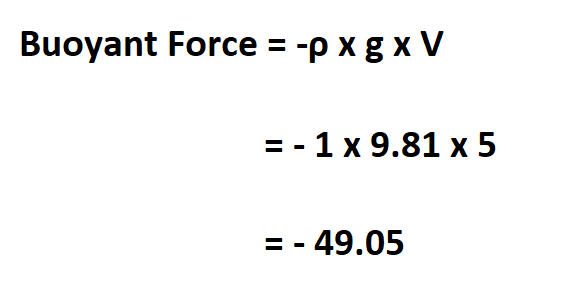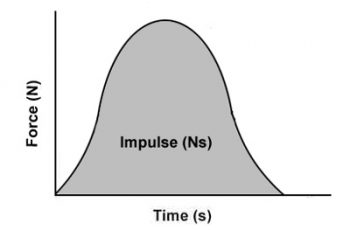What is Buoyant Force?
Prior to discussing how to calculate buoyant force(FB), let us define it. Have you ever dropped something in the deepest part of the pool and tried to swim down to get it? The water tries to push you back up to the surface as you’re swimming downward. The name of this upward force exerted on objects submerged in fluids is the buoyant force.
Buoyant force also known as upthrust is the upward force exerted by a fluid that opposes the weight of an object immersed in a fluid. Due to this force, a body submerged partially or fully in a fluid appears to lose its weight that is, it appears to be lighter.
From this force we get the Archimedes’ principle. It states that the upward buoyant force that is exerted on a body immersed in a fluid, whether fully or partially, is equal to the weight of the fluid that the body displaces.
Factors Affecting Buoyant Force.
- The density of the fluid.
- The volume of the fluid displaced.
- The local acceleration due to gravity.
Application of FB.
Submarine. A submarine lowers by giving water access to the balance tank with the goal that its weight gets more prominent than the buoyant force.
Hot Air Balloon. An air balloon rises because of the buoyant force. It plummets when the inflatable’s weight is higher than the buoyant force. It becomes fixed when the weight approaches the buoyant force.
Ship. A boat is developed as it were with the goal that the shape is empty, to make the general density of the ship lesser than the ocean water. Subsequently, the buoyant force following up on the ship is sufficiently enormous to help its weight.
Fish. To go up to the surface, the fishes will fill its swim bladder with gases. The gases diffuse from their own body to the bladder and accordingly making the body lighter. This empowers the fishes to go up.
Formula to Calculate Buoyant Force.

- ρ is the fluid density.
- g is the acceleration due to gravity.
- V is the fluid volume.
Example:
Suppose the fluid density is 1Kg/m³, calculate the buoyant force if the volume of the fluid is 5 m³ and the acceleration due to gravity is 9.81 m/s².

Therefore, the buoyant force is -49.05 N.

